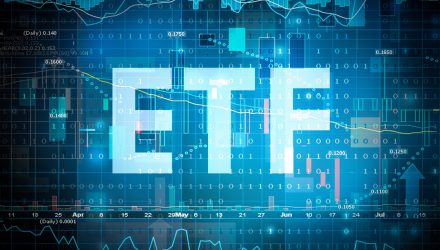Actively-managed mutual funds carry greater operating costs because they have to pay analysts and other research specialists. The lower costs of ETFs show in their expense ratio, which is the cost to run the fund.
Since stocks themselves don’t represent shares of a fund, there are not expense ratios attached to them.
Creation and Redemption Process
The process of creation and redemption is what regulates the supply of ETFs in the marketplace. This process will involve an authorized participant (AP) who can redeem shares of an ETF via sale to the fund’s sponsor.
The authorized participant comprises a part of a larger ecosystem for ETFs. Click here for more information on this ETF ecosystem.
Market demand will be the primary determinant for the amount of redemption and creation activity. Demand for the ETF will also drive the price of its shares, which in turn, determines whether the ETF is trading at a discount or premium relative to the value of its underlying assets.
Instead of using a creation and redemption process, shares of a stocks are issued by the company themselves through an investment bank. Furthermore, transactions involving stocks include a counterparty who must purchase or sell the stock at an agreed-upon price.
An ETF trade will involve a liquidity provider as opposed to a counterparty with an opposing viewpoint on the price of a stock.
For more educational information on ETFs, click here for Education Central.
